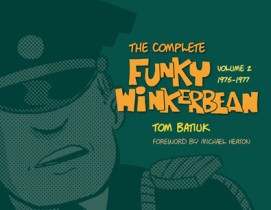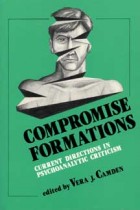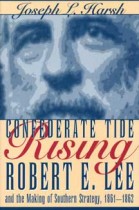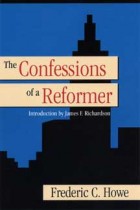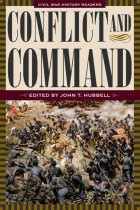The Complete Funky Winkerbean, Volume 1, 1972–1974
Tom Batiuk | Filed under: Art, Award Winners, Black Squirrel Books, Humor
Since its debut on March 27, 1972, Funky Winkerbean has chronicled the lives of a group of students from the fictitious Westview High School. This volume, which presents the strip’s first three years, introduces the strip’s title character, Funky, and his friends Crazy Harry Klinghorn, Bull Bushka, Livinia Swenson, Les Moore, Holly Budd, and Roland Mathews. Prin- cipal Burch, counselor Fred Fairgood, and band director Harry L. Dinkle also make their first appearances.

